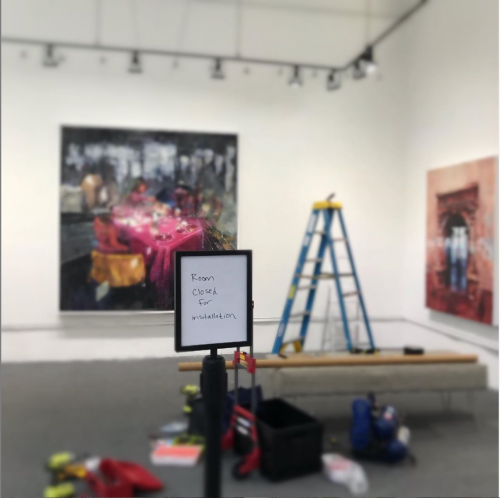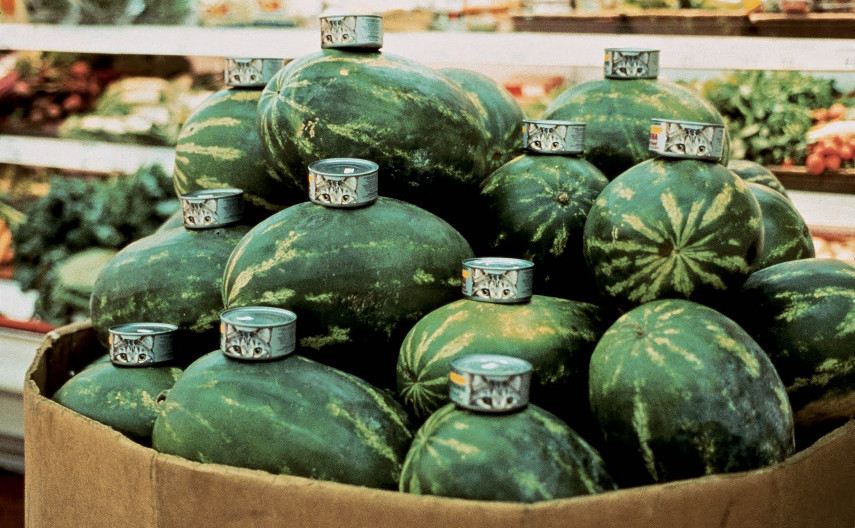Kelly Xio likes people. They’re the best part of her job at the grocery store where she has worked on and off for the past several years. After getting laid-off from another job a few months prior, Kelly became a full-time grocery worker again in the weeks just before the COVID-19 crisis really took hold in the region. Kelly and her coworkers at their DC store first noted an uptick in the store’s foot traffic in late February, when government employees started buying food in bulk after work, “like they knew something was up,” she said. Now she’s working 10+ hour shifts and trying to make sense of a work landscape that is shifting day by day, and sometimes hour by hour.
After working at a myriad of other retail jobs, Kelly chose to work in grocery five years ago because it suits her better than restaurant work. Her store offers a food discount and health insurance for part-time workers, and as a long-term employee, Kelly also has the flexibility to take time off when she wants it. In addition to this work, Kelly is a poet and an artist. She is a poetry editor at Peach Mag, and for two years she co-hosted the interdisciplinary art event Tender FM with her friend Anna K. Crooks here in Baltimore before moving to Washington, DC in 2018. Most recently, Kelly was one of the readers for Ginevra Shay’s project Phone Call, sponsored by Transformer and written about by Nora Belblidia for this magazine.
I spoke with Kelly over the phone and email for a few weeks about how the climate in her store has changed. “People have been very, very concerned,” she said. “Some of the concern feels like perfume in a crowded elevator—everyone can sense it but we don’t fully know where it is coming from.” There are a few outliers of shoppers behaving badly, but Kelly has noticed that overall “customers are more afraid of hurting us right now; the power structures I’m used to have changed basically overnight.”









